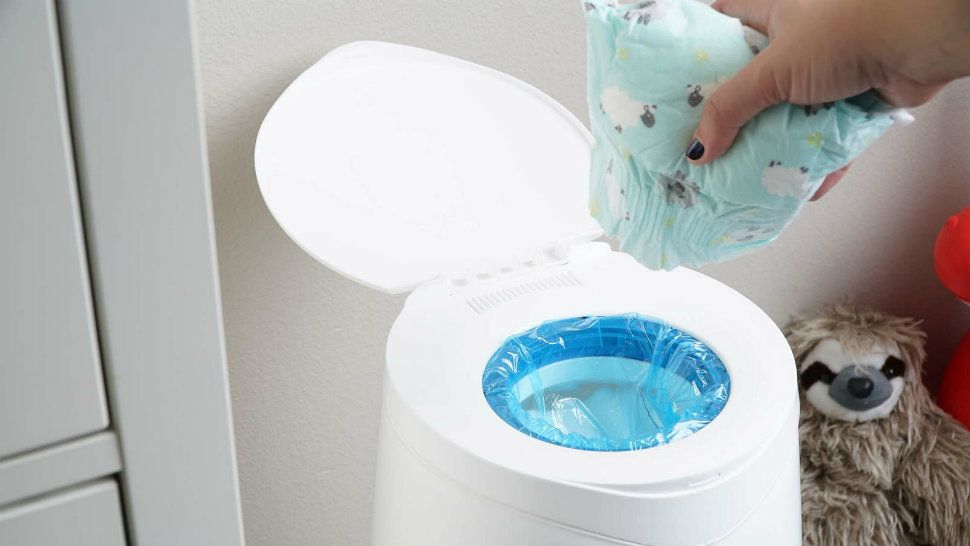
How to dispose of used incontinence diapers or incontinence products?
2023-03-30 22:00
How to dispose of used incontinence diapers or incontinence products?
Incontinence can be a difficult and often embarrassing problem to deal with. Fortunately, incontinence products such as diapers and pads are widely available and can help people with incontinence maintain their independence and dignity. However, disposing of these products can present challenges as they can be bulky, messy, and potentially hazardous to the environment. In this article, we discuss how to safely and responsibly dispose of used incontinence diapers or products.

First, used incontinence products must be disposed of in a way that minimizes odor and bacteria. This means that used products should be securely wrapped in a plastic bag (preferably a solid-colored plastic bag, which provides a good level of privacy) before being placed in the trash. Ideally, this trash can should also be lined with a plastic bag to prevent any leaks or spills. If possible, trash cans should be placed in a well-ventilated area away from food or other sensitive items.
However, it's important to note that not all trash cans are created equal. For example, if you live in an area with wildlife such as raccoons or bears, you may want to invest in a safer trash can with a locking lid to prevent these animals from rummaging through your trash. Likewise, if you live in an area with extreme weather conditions such as hurricanes or heavy snowfall, you may want to choose a more durable, weather-resistant trash can.
Second, it is critical to consider the environmental impact of disposing of used incontinence products. While these products can be thrown out with normal household waste, never flush them down the toilet. Flushing these products can cause clogged plumbing systems that can be expensive and time consuming to repair.
Instead, used incontinence products should be disposed of in landfills. Landfills are designed to safely contain and isolate waste, preventing it from seeping into the surrounding environment. However, it is important to choose a landfill that is properly licensed and regulated to ensure it meets strict environmental standards.
Third, it is important to consider the potential health hazards associated with disposing of used incontinence products. These products may contain bodily fluids which may contain harmful bacteria and viruses. Therefore, it is best to wear gloves and other protective equipment when handling used product. Also, it is important to wash your hands thoroughly after handling used products to prevent the spread of germs.
In some cases, it may be necessary to dispose of used incontinence products in a clinical waste container. Medical waste containers are designed to safely contain and dispose of hazardous materials, including bodily fluids and infectious waste. If you are unsure whether your used incontinence products should be placed in a clinical waste container, please consult your healthcare provider or local waste management agency.
Finally, it is also important to respect and be considerate of others when disposing of used incontinence products. This means caution when handling these products, especially in public places. If you are traveling or out in public, you can keep a small plastic bag with you to dispose of used products discreetly.
In conclusion, disposing of used incontinence products can be a challenging task. However, by following the guidelines outlined in this article, you can dispose of these products safely and responsibly, minimizing the risk of environmental hazards and health hazards.
Get the latest price? We'll respond as soon as possible(within 12 hours)















